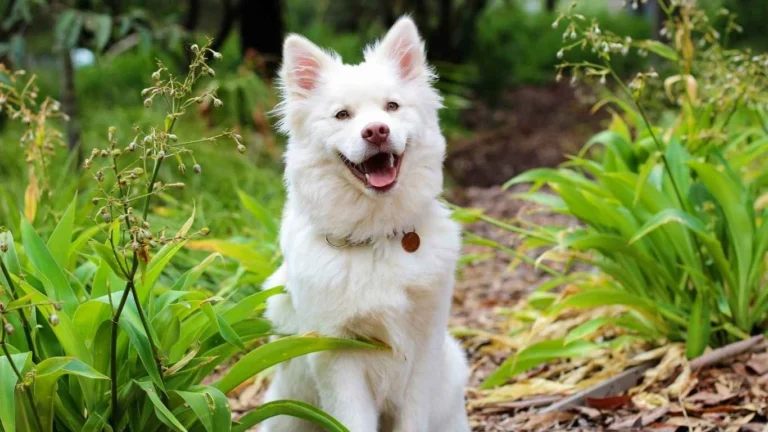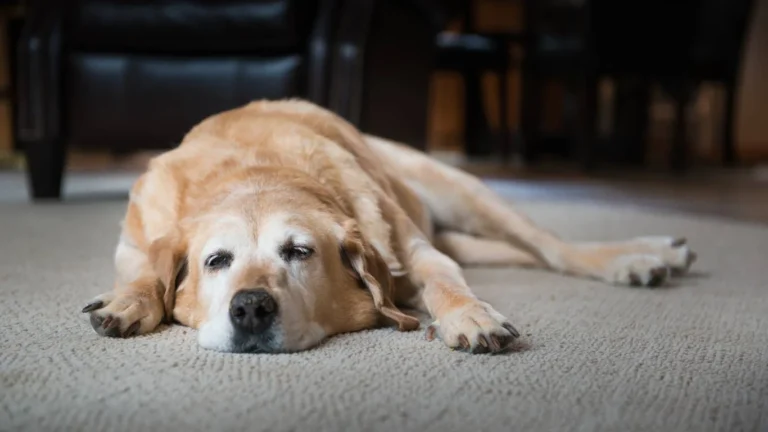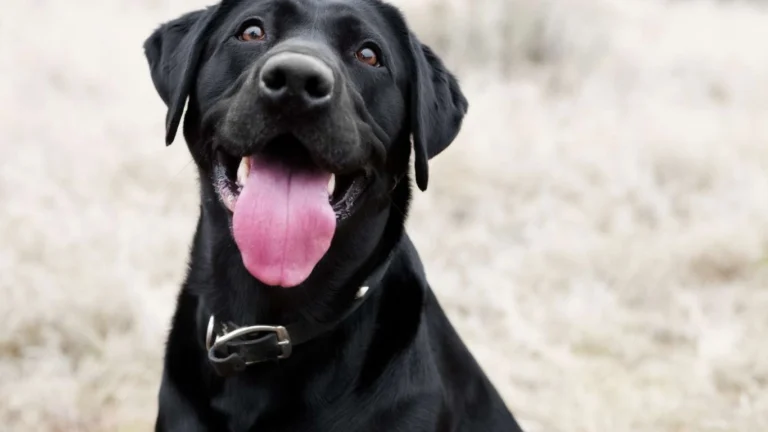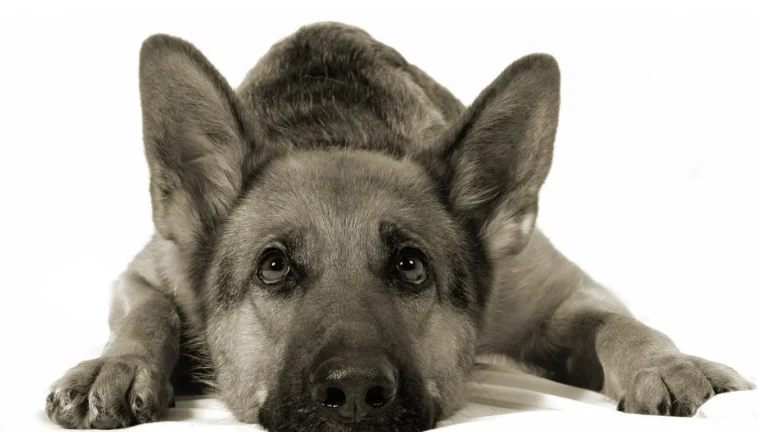How to Safely Clean a Dog’s Wound and Ensure Quick Recovery
As a veterinary assistant with a special focus on nutrition, I’ve seen my fair share of dogs with wounds—whether from rough play, an unfortunate mishap, or even from conditions like hot spots or skin infections. One thing I always stress to pet owners is the importance of knowing how to safely clean a dog’s wound—it’s crucial for preventing infection, promoting healing, and ensuring your dog’s overall comfort. In this guide, I’ll walk you through the steps, tips, and things to avoid when cleaning your dog’s wound, so you can do it confidently and safely.
Understanding Dog Wounds: Types and Causes
Before we dive into the cleaning process, it’s essential to have a good understanding of what type of wound your dog may have. Dogs can experience all sorts of injuries, and knowing what you’re dealing with can help you make better decisions about treatment. Let’s take a look at the most common types of wounds:
- Superficial cuts and abrasions: These are usually minor, surface-level injuries that affect only the outer layers of the skin.
- Gashes and puncture wounds: These are deeper wounds that may involve underlying tissues and require more care.
- Hot spots: These are localized, infected patches of skin that can be painful and tend to get worse if not treated properly.
- Scratches and bites: Whether from other animals or environmental hazards, these can sometimes introduce bacteria, increasing the risk of infection.
Identifying When a Wound Needs Medical Attention
While most minor wounds can be cleaned and managed at home, there are certain situations where you should seek veterinary attention. If you notice any of the following, it’s best to call your vet:
- Excessive bleeding: If the bleeding doesn’t stop after applying pressure for a few minutes.
- Deep or large wounds: If the wound is deep or large enough to require stitches or more intensive care.
- Signs of infection: Increased swelling, redness, or a foul odor coming from the wound.
- Behavioral changes: If your dog seems unusually lethargic, refuses to eat, or is showing signs of pain like whining or limping.
How to Safely Clean a Dog’s Wound: Step-by-Step Guide
Now that we’ve covered the basics, let’s get into the step-by-step process of cleaning a dog’s wound. Trust me, once you’ve done it a few times, you’ll feel more comfortable and confident about taking care of your furry friend in these situations.
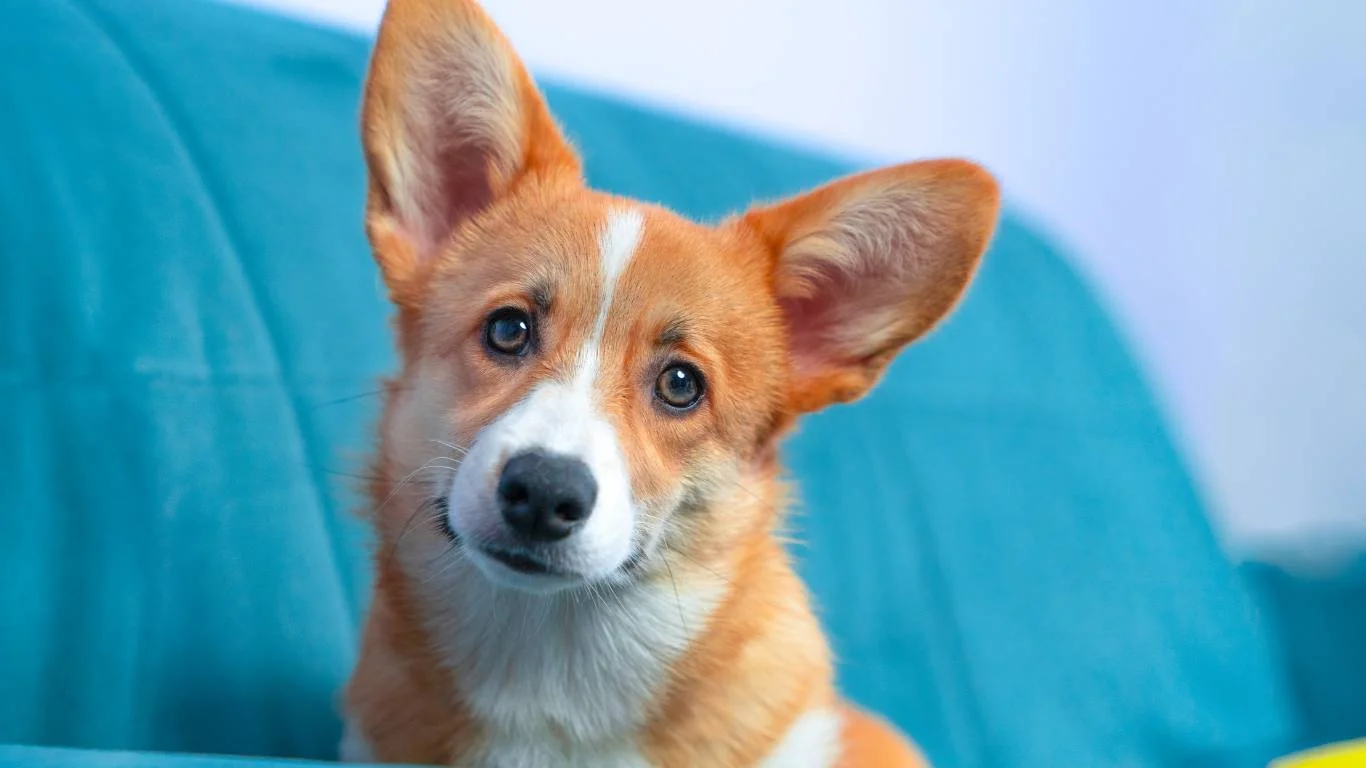
Step 1: Gather Your Supplies
The first thing you need to do is gather all the necessary supplies. It’s helpful to have everything ready before you start so you don’t have to run around looking for something mid-cleaning. Here’s a quick list of what you’ll need:
- Clean, lukewarm water: This will be used to rinse the wound.
- Pet-safe antiseptic solution: Make sure it’s one that’s safe for animals—avoid human antiseptics like hydrogen peroxide unless instructed by your vet.
- Sterile gauze pads or cotton balls: For cleaning the wound and absorbing any excess fluid.
- Non-stick bandage: If the wound needs to be covered.
- Gloves: To keep things as sanitary as possible.
Step 2: Keep Your Dog Calm and Comfortable
Before you even think about cleaning the wound, make sure your dog is in a calm and comfortable position. Depending on the wound’s location, you may need to either gently hold your dog or have someone else help you. You don’t want them to be moving around too much or getting stressed, as this could lead to further injury or difficulty in the cleaning process.
One trick I’ve found is giving your dog a treat or some calming praise during the process. This not only helps them stay still but also reassures them that they’re okay. A calm environment goes a long way in making the process smoother for both of you!
Step 3: Clean the Wound
Once your dog is calm and the area is prepared, it’s time to clean the wound. Here’s how to do it properly:
- Rinse with water: Gently pour clean, lukewarm water over the wound to rinse away any dirt, debris, or bacteria. You can also use a sterile saline solution if you prefer.
- Apply antiseptic: Use a pet-safe antiseptic solution to carefully clean around the wound. Avoid pouring the antiseptic directly into the wound, as this can cause irritation. Instead, soak a cotton ball or gauze pad with the solution and gently dab the area.
- Pat dry: After cleaning, use a sterile gauze pad or soft towel to gently pat the wound dry. Never rub or scrub the area, as this can cause further damage to the tissue.
What to Avoid When Cleaning a Dog’s Wound
It’s just as important to know what not to do when cleaning your dog’s wound. Here are a few common mistakes that I’ve seen pet owners make and that you should avoid:
- Using human antiseptics: While it might seem like a good idea, human antiseptics like hydrogen peroxide or alcohol can be too harsh on your dog’s skin and delay healing.
- Touching the wound with dirty hands: Always wear gloves when cleaning the wound, and make sure any tools you use are sterile.
- Using non-sterile bandages: Don’t use a bandage that hasn’t been properly sterilized, as this could introduce bacteria and lead to an infection.

Step 4: Bandage the Wound (If Necessary)
If the wound is in a location that requires it, you may need to cover it with a non-stick bandage. Here’s how:
- Place a sterile gauze pad: Over the wound to absorb any drainage and keep it protected.
- Wrap the bandage securely: Wrap the bandage around the area, but make sure it’s not too tight. You don’t want to cut off circulation.
- Secure the bandage: Use medical tape or a bandage clip to secure it in place. Check it regularly to ensure it’s not too tight or uncomfortable for your dog.
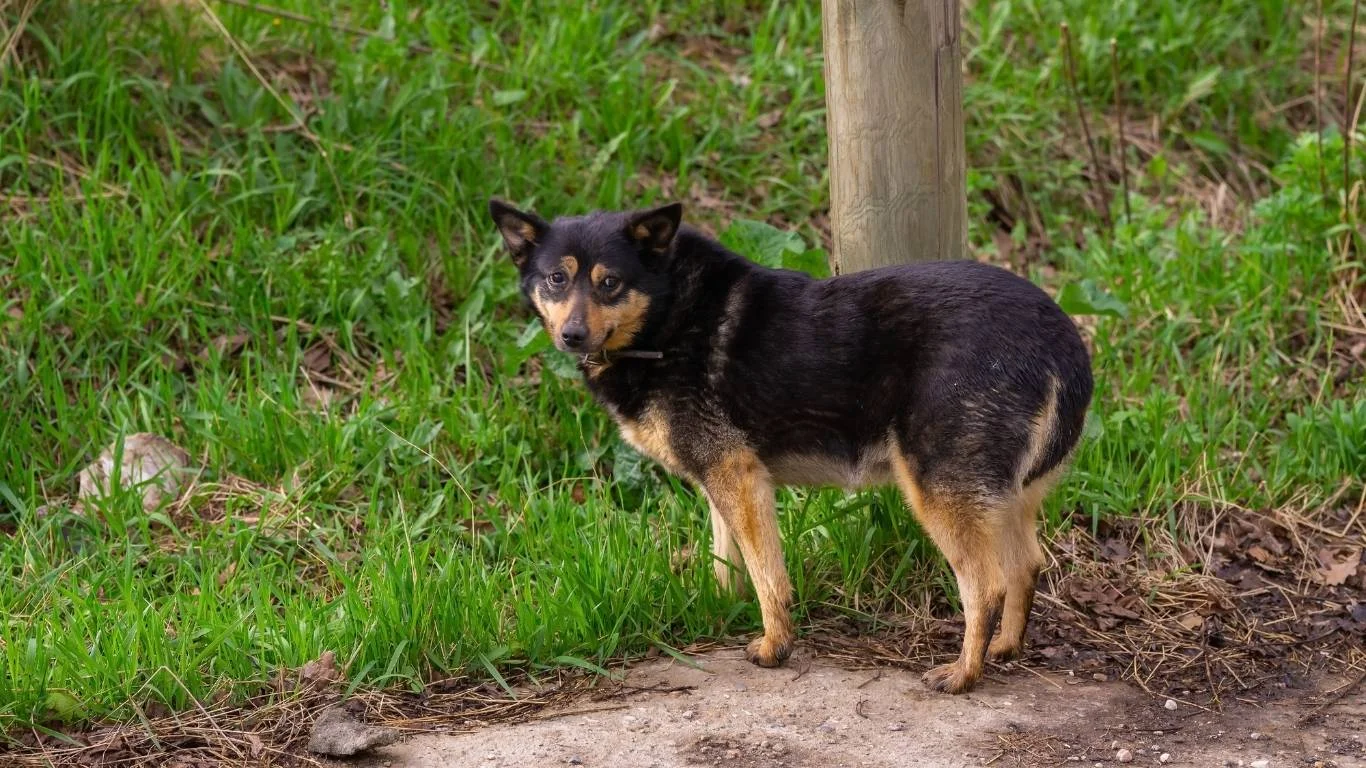
Aftercare: Keeping the Wound Protected
Once you’ve cleaned the wound, it’s essential to take the right steps to ensure it stays protected during the healing process. As a veterinary assistant, I always remind pet owners that proper aftercare can make a world of difference when it comes to preventing infection and helping your dog recover faster. Let’s look at some important aftercare tips to keep your dog’s wound in top shape:

Monitoring the Wound for Signs of Infection
After cleaning the wound, it’s important to keep a close eye on it for any signs of infection. Infections can develop quickly, so catching them early can save your dog a lot of pain and discomfort. Here are some things to watch out for:
- Redness: While a little redness is normal right after cleaning, increased redness or a rash around the wound can indicate an infection.
- Swelling: Some swelling may occur after cleaning, but if it becomes excessive or doesn’t go down after a few days, this could signal an infection.
- Pus or discharge: If you notice yellow or green discharge coming from the wound, it’s a sign that bacteria may be present. Don’t wait—get your dog to the vet as soon as possible.
- Unpleasant odor: An infection can sometimes cause a foul smell coming from the wound. If this happens, clean the area again and seek veterinary help if necessary.
- Behavioral changes: If your dog starts acting differently, such as becoming more lethargic, losing appetite, or showing signs of pain, it’s time to visit the vet.
Keeping Your Dog from Licking the Wound
One of the toughest challenges in wound care is stopping your dog from licking the wound. Dogs love to lick their injuries, but it’s actually one of the worst things they can do during the healing process. Licking can introduce bacteria, cause the wound to reopen, or even create new wounds. Here’s what you can do to help prevent licking:
Use an Elizabethan Collar (E-Collar)
Commonly known as the “cone of shame,” the Elizabethan collar is an effective tool for preventing your dog from reaching their wound. While some dogs may initially resist wearing it, many pet owners, including myself, have found that it’s the best way to keep the wound protected while it heals.
Some dogs get used to the collar after a day or two, and others may find it less bothersome than you think. If your dog isn’t fond of it, try offering them a treat or some extra playtime as a distraction. You can also consider getting an inflatable version, which is usually more comfortable than the traditional hard plastic collars.

Distract Your Dog with Toys or Activities
Another way to prevent licking is to keep your dog occupied with toys or engaging activities. This can distract them from the wound long enough for it to heal properly. Puzzle toys, treat-dispensing toys, and interactive games are excellent for keeping their mind off the injury. In my experience, the busier your dog is, the less likely they are to focus on the wound.
One thing I’ve found helpful is using mental stimulation. Take your dog on short, controlled walks (if they’re able) to get them out of the house and provide new experiences. This can be a great way to prevent boredom while still allowing your dog to heal.
When to Change the Bandage
If your dog’s wound has been bandaged, you’ll need to change the bandage regularly. The frequency of bandage changes depends on the severity of the wound and how much drainage is occurring. For minor wounds, changing the bandage every 1-2 days is usually sufficient. However, deeper or more serious wounds may need more frequent attention.
How to Change the Bandage Safely
Changing the bandage can seem like a tricky process, but with a few simple steps, it becomes much easier:
- Wash your hands: Before touching the bandage or wound, make sure your hands are clean. This will help prevent any bacteria from being introduced.
- Remove the old bandage carefully: Slowly and gently remove the bandage. If the bandage is stuck to the wound, don’t pull too hard. Use lukewarm water to loosen it if necessary.
- Inspect the wound: Once the bandage is removed, check the wound for any signs of infection (like swelling, pus, or redness). If the wound looks like it’s not healing well, contact your vet.
- Clean the wound again: Before re-bandaging, clean the wound as you did initially—rinse with lukewarm water and apply a pet-safe antiseptic solution. Gently pat the area dry with a sterile gauze pad.
- Apply a new, clean bandage: Place a fresh, sterile gauze pad over the wound and wrap it with a non-stick bandage. Make sure it’s secure but not too tight.
Changing bandages regularly helps prevent the growth of bacteria and keeps the wound dry, which is essential for proper healing.
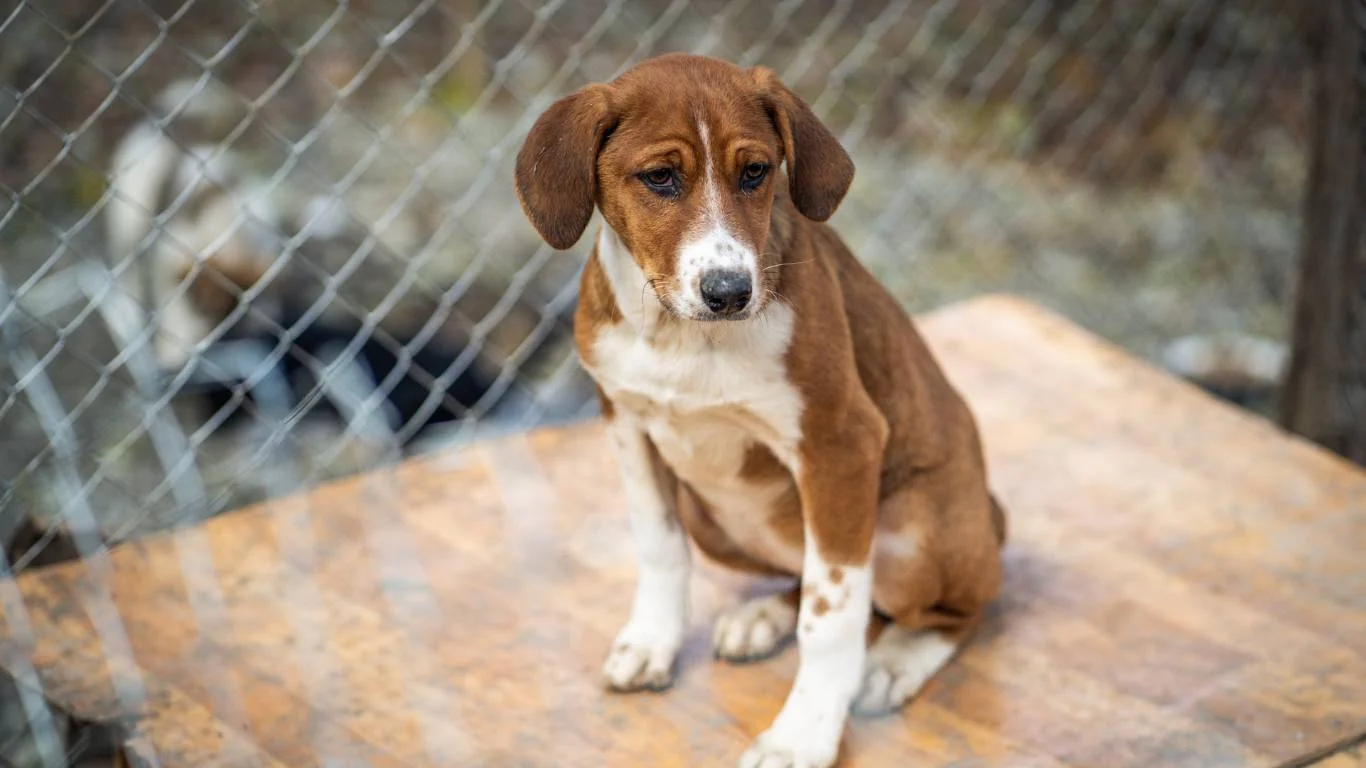
Dealing with Complications: What to Do If the Wound Doesn’t Heal Properly
Despite our best efforts, there are times when a wound doesn’t heal as expected. If you’ve been cleaning and caring for your dog’s wound but notice signs that healing is slower than it should be, it’s important to be proactive and figure out what might be going wrong. As a veterinary assistant, I’ve seen some common reasons wounds may not heal properly, and I want to share them with you, so you can address any issues early on.

Underlying Health Conditions
Sometimes, a dog’s ability to heal is compromised by an underlying health condition. If you’ve followed all the proper steps for wound care and your dog’s wound isn’t improving, it could be due to one of these health issues:
- Diabetes: Dogs with diabetes often have poor circulation, which can affect the healing process. If your dog has diabetes, it’s crucial to monitor the wound closely and consult with your vet for any additional care tips.
- Infections: A lingering infection can delay healing. If you notice signs of infection, such as persistent swelling, pus, or redness, it’s essential to visit your vet for an assessment.
- Weakened immune system: Some dogs have compromised immune systems due to medication or health conditions, making them more susceptible to infections and slower healing times.
If you suspect your dog has any of these underlying conditions, it’s crucial to contact your veterinarian as soon as possible. A simple wound can become complicated if there are health factors involved that prevent healing.
Infected Wounds: When to Seek Veterinary Help
If your dog’s wound appears to be infected, it’s best to seek help from your vet immediately. Infections can spread quickly and may require prescription medications or further treatment. Here are some signs that the wound is infected and requires a veterinary visit:
- Persistent or increasing redness around the wound, especially if it’s accompanied by warmth or swelling.
- Drainage of pus or thick fluid that has a bad odor.
- Excessive pain when the wound is touched, or your dog seems lethargic or refuses food.
- Fever is another common sign of infection and warrants immediate veterinary attention.
While most wounds heal well with home care, a deep or severely infected wound often needs more intensive treatment. In these cases, a vet may recommend antibiotics, wound debridement (removal of dead tissue), or even surgery to promote proper healing.
When to Stop Worrying: Recognizing the Signs of Healthy Healing
As you continue to care for your dog’s wound, it’s just as important to recognize when things are going well. If the wound is healing as it should, you’ll notice gradual improvement each day. As a veterinary assistant, it’s always reassuring to see a dog’s wound becoming less swollen and more closed up as the days go by.
Here’s what healthy wound healing typically looks like:
- Less redness: The redness around the wound should decrease over time, and the area may start to look a little pinker as new skin forms.
- Dry, scabbed-over: As the wound heals, it may dry out and form a scab. This is a good sign that your dog’s body is working to close the wound.
- Less drainage: A healthy wound should produce less drainage over time. If you notice that the wound becomes dry and no longer leaks fluid, that’s a positive sign.
- Less pain: If your dog is showing fewer signs of discomfort, it means the wound is likely healing well.
Remember, every dog heals at its own pace. Some may heal faster than others, and some wounds may take a bit longer depending on their size, location, and severity. Just keep monitoring the wound and continue providing good care.
Preventing Future Wounds and Keeping Your Dog Healthy
Now that we’ve covered the wound care process, let’s talk about prevention. As any pet parent knows, dogs can be pretty adventurous, and sometimes that means injuries happen. However, there are several things you can do to minimize the risk of your dog getting injured in the future.
Maintain a Safe Environment
One of the best ways to prevent wounds is to create a safe space for your dog. This can include things like:
- Keeping hazardous objects (like sharp sticks, glass, or metal) out of your dog’s play area.
- Using dog-friendly fencing to avoid potential encounters with dangerous wildlife or other dogs.
- Supervising outdoor playtime to prevent your dog from getting into risky situations.
Regular Vet Checkups
Regular vet visits are crucial for ensuring your dog’s overall health. At these checkups, your vet can assess your dog’s general well-being and make sure there are no underlying health issues that could make them more prone to injuries. This is particularly important for older dogs, as they might be more susceptible to accidents or healing slower due to age-related conditions.
Proper Exercise and Mental Stimulation
Ensuring your dog gets regular exercise is also vital. Exercise helps maintain healthy joints and muscles, which can reduce the risk of falls or injuries. Just as importantly, mental stimulation keeps your dog from getting into mischief. A bored dog can become a destructive dog, and the resulting injuries can lead to wounds. Keeping them mentally and physically active will help keep them out of harm’s way.
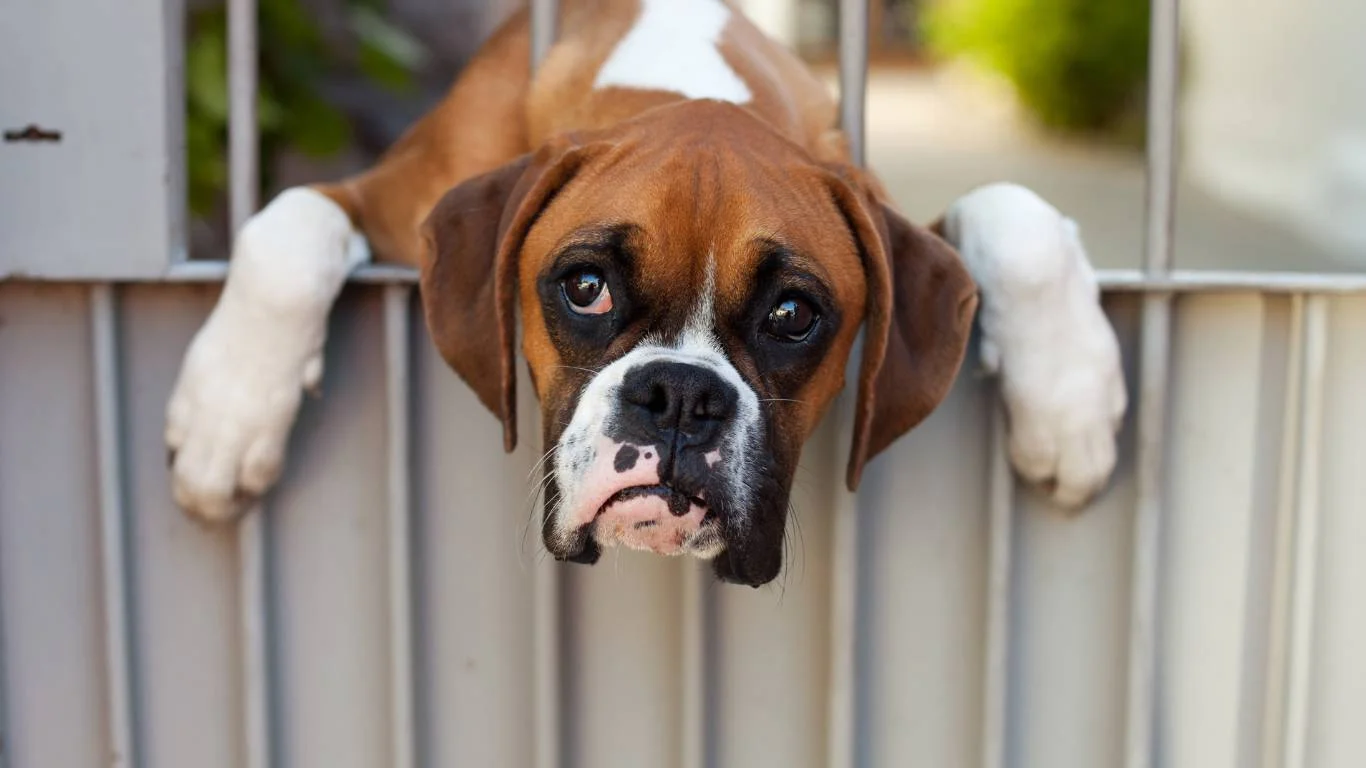
Disclaimer
The information in this article is intended to provide general guidance on how to safely clean and care for your dog’s wound. While I’ve based this advice on my experience as a veterinary assistant, it’s important to remember that every dog is different. If you’re unsure about the severity of your dog’s wound or if it shows signs of infection, always consult with a professional veterinarian for advice and treatment. Your dog’s health and well-being are paramount, and a vet is the best resource for personalized care.
References
If you’re looking for more in-depth information, here are a few resources that can offer helpful insights on wound care and pet health:

